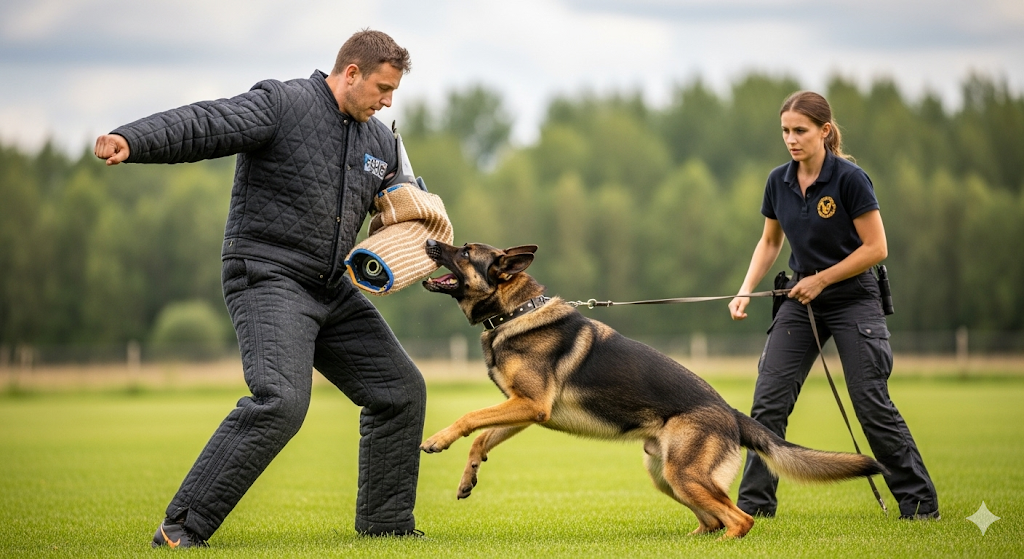
Ensuring your dog’s safety, as well as the safety of your family, is an important responsibility for any pet owner. Dog protection training is not just about teaching your dog to react in dangerous situations—it’s about creating a well-behaved, confident, and responsive companion. With the right techniques and consistency, you can train your dog to protect without being aggressive. Here are some essential tips every dog owner should practice.
1. Start With Basic Obedience
Before moving on to protection training, your dog should be well-versed in basic commands like sit, stay, come, and leave it. A dog that responds reliably to these commands is easier to control in stressful situations and can differentiate between real threats and normal interactions.
2. Socialize Your Dog Early
A confident and well-socialized dog is less likely to react fearfully or aggressively. Introduce your dog to different people, pets, and environments from a young age. Exposure to various sounds, sights, and experiences ensures that your dog understands when to protect and when to stay calm.
3. Build Confidence Gradually
Protection training requires mental and physical confidence. Engage your dog in activities that encourage problem-solving, like agility exercises, obedience games, and fetch. A confident dog is more likely to react appropriately in situations where protection is needed.
4. Teach Controlled Barking
Barking can be a useful tool for alerting owners to danger, but uncontrolled barking can be problematic. Train your dog to bark on command and to stop when instructed. This teaches your dog to use barking as a purposeful tool rather than an uncontrolled response.
5. Use Positive Reinforcement
Positive reinforcement is key to effective dog training. Reward your dog with treats, praise, or playtime whenever they respond correctly during protection exercises. This strengthens their understanding of the desired behavior and builds trust between you and your pet.
6. Set Clear Boundaries
Dogs need to understand what behavior is acceptable and what isn’t. Clearly establish boundaries during training so your dog knows when it’s appropriate to act protectively and when it’s not. Consistency is essential—everyone in the household should follow the same rules.
7. Practice Real-Life Scenarios
Simulate real-life situations where your dog might need to protect you, such as a stranger approaching your home or unexpected loud noises. Keep these exercises controlled and safe, ensuring your dog learns the correct response without fear or aggression.
8. Seek Professional Guidance
Some protection training techniques require experience and skill. Working with a professional dog trainer ensures your dog learns safely and effectively. A trainer can provide guidance tailored to your dog’s breed, temperament, and age.
9. Maintain Regular Practice
Protection training isn’t a one-time task. Regular practice helps your dog retain skills, stay alert, and continue building confidence. Short, consistent training sessions are more effective than long, occasional ones.
Final Thoughts
Dog protection training is about creating a safe, confident, and disciplined companion. By focusing on obedience, socialization, and controlled exercises, you can teach your dog to respond appropriately to potential threats while remaining a loyal and loving pet. Consistency, patience, and positive reinforcement are the keys to success in protecting both your dog and your household.
For more information on dog protection training and related topics, visit PetsDogPuppy.
